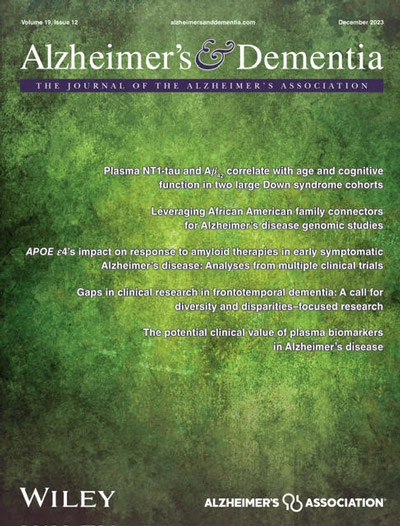A look at caregivers for community-living persons with dementia: Implications for the GUIDE model
Abstract
INTRODUCTION
Medicare's new Guiding an Improved Dementia Experience (GUIDE) model funds integrated dementia care and related caregiver supports for community-living persons with dementia (PwD). Caregiver strain is a factor in provider payment and performance.
METHODS
We examined national survey data on community-living PwD and their caregivers to identify which caregivers would receive support under GUIDE and characterize caregiver strain and use of supportive services.
RESULTS
Half of GUIDE-eligible PwD received care from multiple caregivers and high strain was common even among caregivers considered “low-complexity” under GUIDE. Use of role-related training, respite care, and support groups were low (11%, 18%, and 4%, respectively) and did not vary with caregiver strain.
DISCUSSION
Caregiver identification and assessment standards under GUIDE may overlook a significant number of caregivers. To maximize impact, innovative models like GUIDE should align caregiver engagement and services with the unique realities of care networks for PwD.
Highlights
- Half of GUIDE-eligible persons with dementia have multiple caregivers.
- 32% of caregivers for community-living PwD report high strain.
- 11% of caregivers for community-living PwD received training and 18% used respite care.


 求助内容:
求助内容: 应助结果提醒方式:
应助结果提醒方式:


